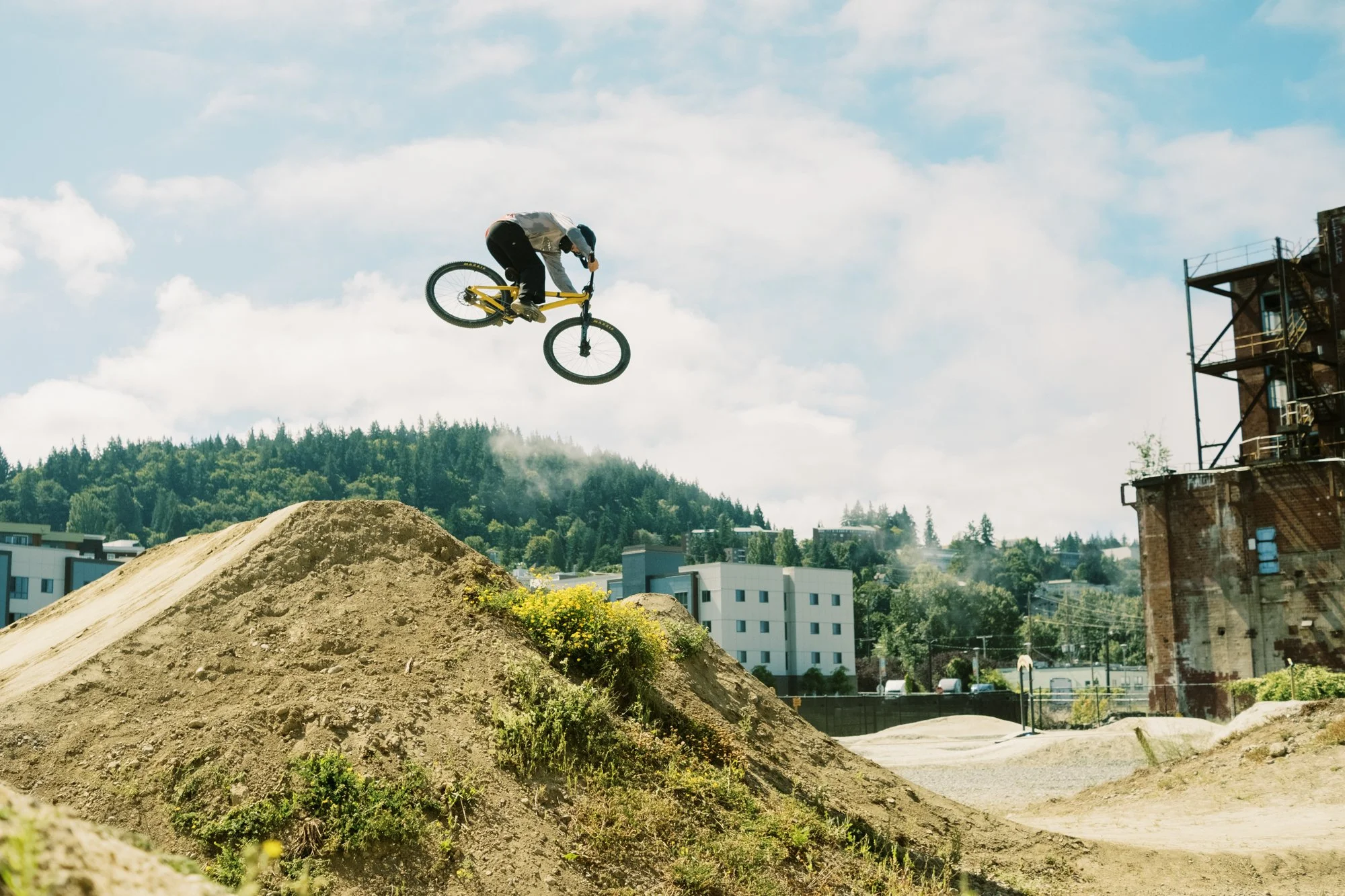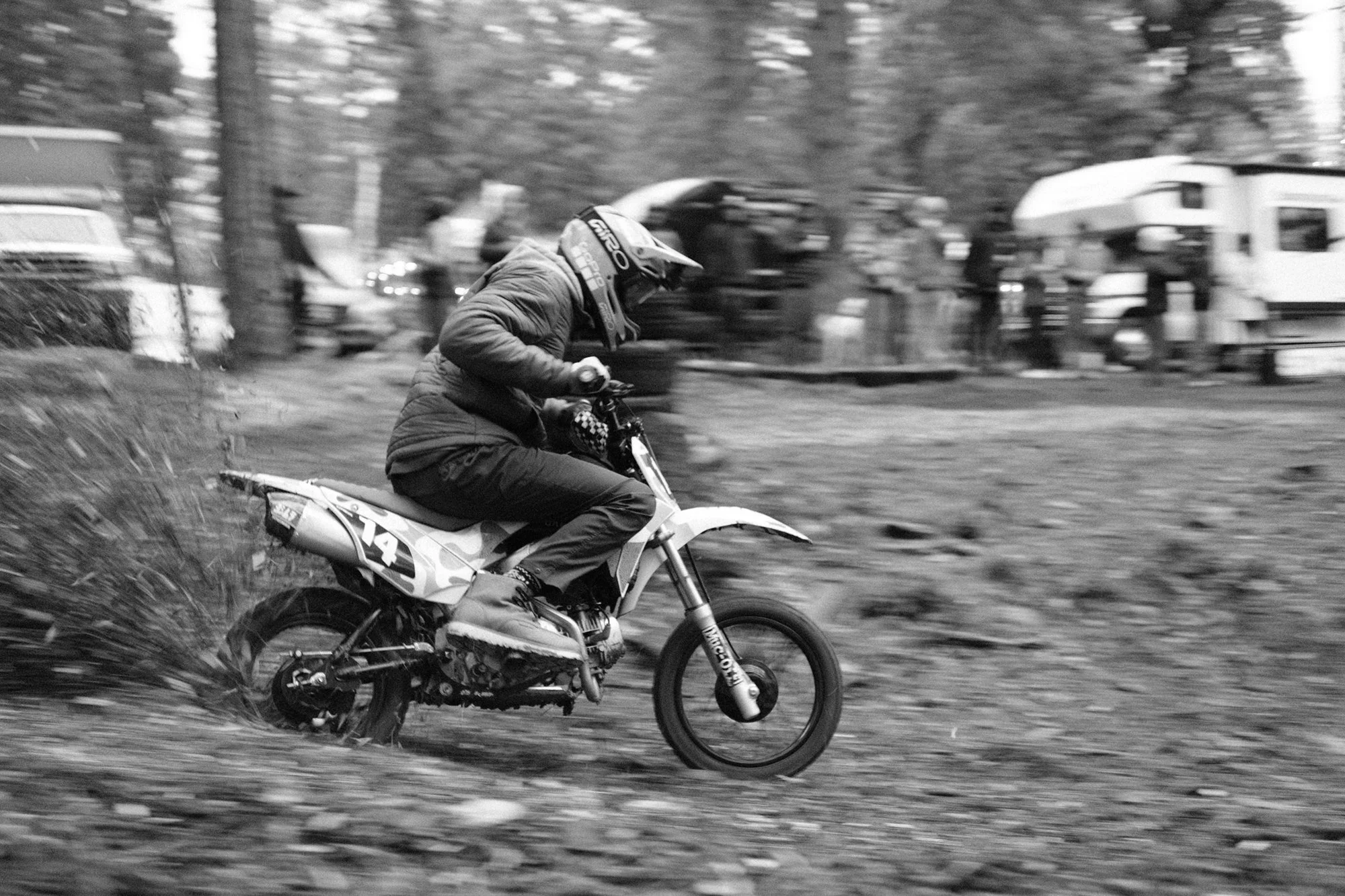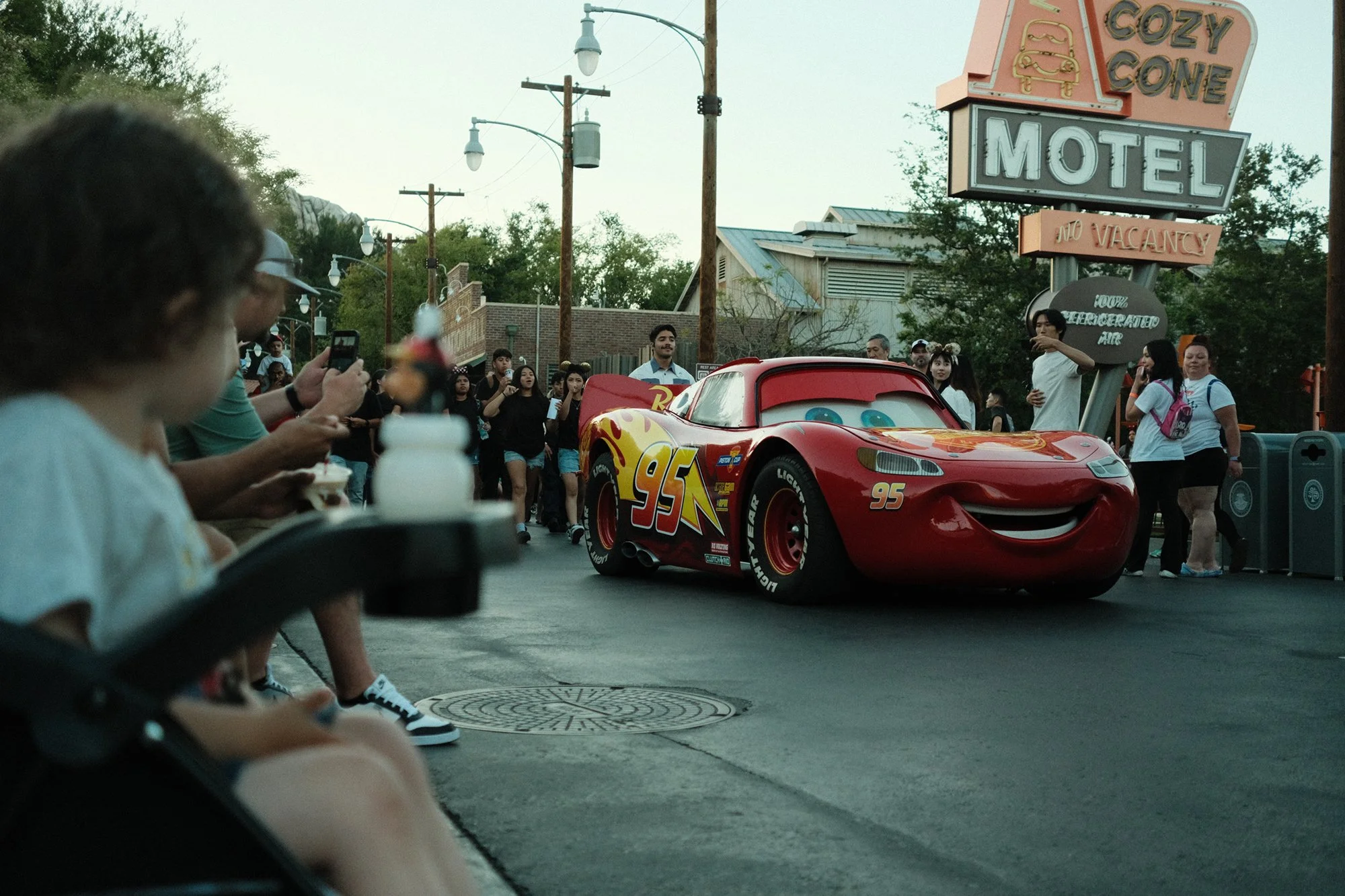Fuji X-T30 II Review in 2025: Small and Mighty for Everyday Carry
Fujifilm has been making waves across social media with their cameras over the last few years, which has made them very intriguing to me. Between the old-school aesthetic, the user experience, and those film simulations, I couldn’t stop thinking about getting one for myself. I was living vicariously through photography YouTubers and obsessively checking the used market for various models. I was torn between an X100Vi, or saving money and getting an X-T30 II, though it didn’t matter much because both proved hard to get, unless you were willing to spend a percentage above retail price on eBay. To make a long story short, I settled on the X-T30 II and happened to check B&H one night and found it in stock, so I just went for it.
(this post contains affiliate links, and if you purchase from the links I will get a commission)
Why I Chose the X-T30 II Over the X100VI
When I purchase any new camera gear, it’s generally one specific factor that ends up pushing me to pull out my wallet. Across the Fujifilm line up, the aesthetics, user experience and film simulations drew me in, however, my ultimate excuse (you could call it) to make a purchase was portability.
I wanted a camera that I could carry with me every day. Something that was simple and fun to use when I’m adventuring with my friends or hanging out in the backyard with my son. With this being my main motivator to invest in a Fuji camera, I had narrowed my possible choices down to the X-T30 II and the X100VI.
Fuji’s X100 series is very inviting because of the built-in lens and rangefinder style. I’ve always been a prime lens shooter, so I was never bothered by the idea of not being able to zoom. However, the price always seemed steep to me for that. When I considered this plus the limited availability, I began looking for alternatives that could give me a similar experience and portability, without the same price tag and waiting that the X100 cameras bring with them.
Reading through Fuji’s website, I discovered the X-T30 II. It’s not a rangefinder camera, but it still has a small form factor and that same body aesthetic and film simulations that turned me onto Fuji in the first place. My main concern was whether or not there was a lens available for the X-T30 II that would make it pocketable like the X100 cameras. That’s when I discovered the Fujinon XF 27mm 2.8, which was exactly what I was looking for: compact, lightweight, and fast (well, fast enough).
Purchasing both the X-T30 II and the XF 27mm 2.8 together would still save me money against the X100VI, and the likelihood of finding a new one in stock was more likely. Of course, there is also a bit of attractiveness to being able to swap lenses if I ever chose to invest in more Fujifilm gear. Ultimately, it was this availability, price difference and ability to swap lenses in the future that made me choose the Fuji’s X-T30 II over the X100VI in the end. Does the X100VI have better specs? You tell me. I knew they were both good enough for what I wanted to achieve with the camera, so a deep dive into technical specs wasn’t worth my time, nor was it going to have much weight to influence my final decision.
Shot on FujiFilm X-T30 ii
Film Simulations
Fuji is known for their film simulations. The ability to create different, fine-tuned recipes that can replicate different film stocks in-camera is unheard of for any other brand. If other brands do this, they don’t do it as well as Fuji. Before the X-T30 II arrived at my doorstep, I was already browsing the web for different recipes. Portra, Ektar, and Tri-X, to be exact.
I’d found some recipes I liked ahead of time, so I dove right into creating them the moment the camera arrived. It was the first thing I did. I started snapping photos with the different film simulations I had created, without really knowing my way around the camera. To be honest, I still don’t really know my way around the camera and its menus all that well. I know how to change which film sim I am using, change shutter speed (aperture is manual on the lens), focus, and send the photos to my phone through Fuji’s app.
Shot on FujiFilm X-T30 ii
First Impressions
Even though my expectations for the film simulations were high, they were surpassed. The first weekend that I used the camera, I was photographing a mountain bike event and I brought my computer and shot in both RAW & JPEG, in case I needed to edit the RAWs on my computer before uploading them to social media or the web. My computer was never turned on that weekend.
I was blown away by the look of the images. I switched between the Portra recipe and the Tri-X recipe throughout the days and posted my selects straight out of the camera. It gave me a burst of inspiration to get the images how I wanted them in camera, and it made me less critical of imperfections. Instead of taking an awesome photo and saying, “You know what would make this more awesome, if I did X, Y, Z when editing,” I just let the photos be what they are.
A Quirk You Should Know
One thing about the simulations that I hadn’t really heard anyone say, which was immediately apparent to me, is how the clarity adjustment affects the image writing time. Adding or removing clarity to the photo when it’s processed in camera takes time. A lot of time, honestly. The X-T30 II’s screen would go black after each click of the shutter with a small loading symbol in the middle. I couldn’t deal with this, so I did some digging and discovered it was, in fact, the clarity slider which was affecting the write time so heavily. Now, each of my simulations keep the clarity setting to ‘0’, and any future recipes will do the same. I’m not willing to risk missing a special moment because the camera is trying to add clarity to the last image I shot. It’s a compromise I am willing to make happily because the simulations still look great without the clarity adjustments.
Shot on FujiFilm X-T30 ii
Simplicity
As mentioned above, I hardly know much about using this camera in a technical matter. I can make the changes I need to, but it’s not second nature like my Canon cameras that I’ve been using for the last 15 years. It takes me a while to navigate the menus and find different things. With that said, I’ve already shot a couple thousand images with the X-T30 II, which is a testament to the simplicity of using this camera. You really don’t need to know where any of the menu items are or what all the different buttons do to go out and shoot.
With the auto ISO, an outer dial for shutter speed, a manual aperture adjustment on the lens, a simple Q button for switching film simulations, a dial for exposure compensation, and a shutter button, what more do you really need to know? I’ve hardly touched anything else since I got the X-T30 II. I believe with the right initial setup, almost anyone (with an eye for photography) could just go out and shoot with it and get pleasant results.
Shot on FujiFilm X-T30 ii
Who is the X-T30 ii for?
A testament to how awesome this camera is—is that I think it’s for everyone. Is it made for every professional gig? No. Is it made to replace pro-level gear? Of course not, but any photographer could find joy in owning this little camera. For a beginner or hobbyist, this camera makes shooting incredible and aesthetically pleasing images simple, without the need for any editing whatsoever. For a professional, this camera is the perfect addition to the kit for taking on trips, days out with the family, and other everyday carry scenarios without the burden of carrying more cumbersome gear. It’s an incredible everyday carry option, and I have used it more than any of my other gear since I bought it. No regrets at all. Purchase your X-T30 ii here and your XF 27mm 2.8 here.
Shot on FujiFilm X-T30 ii







